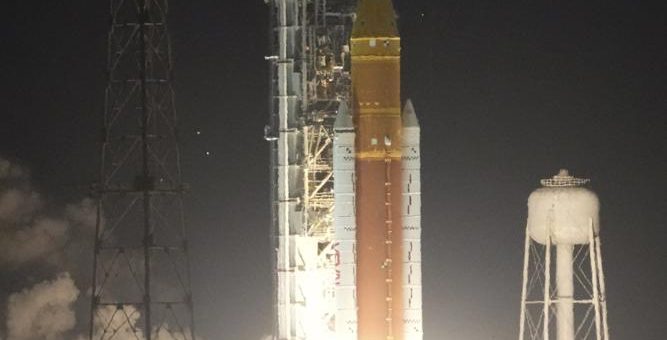
CAPE CANAVERAL, Fla. — NASA’s new moon rocket blasted off on its debut flight with three test dummies aboard Wednesday, bringing the U.S. a big step closer to putting astronauts back on the lunar surface for the first time since the end of the Apollo program 50 years ago.
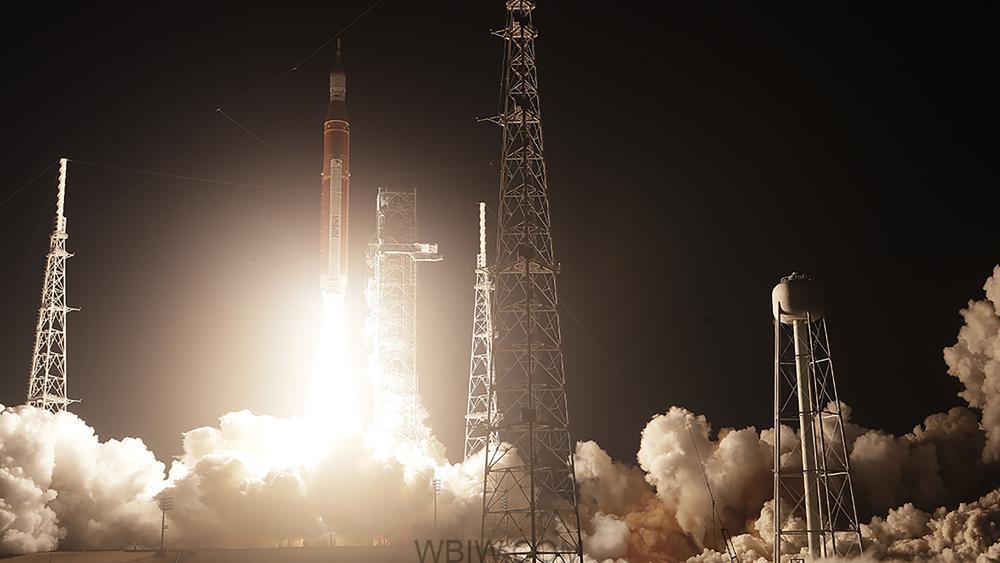
If all goes well during the three-week, make-or-break shakedown flight, the crew capsule will be propelled into a wide orbit around the moon and then return to Earth with a Pacific splashdown in December.
After years of delays and billions in cost overruns, the Space Launch System rocket thundered skyward, rising from Kennedy Space Center on 8.8 million pounds (4 million kilograms) of thrust and hitting 100 mph (160 kph) within seconds. The Orion capsule was perched on top and, less than two hours into the flight, busted out of Earth’s orbit toward the moon.
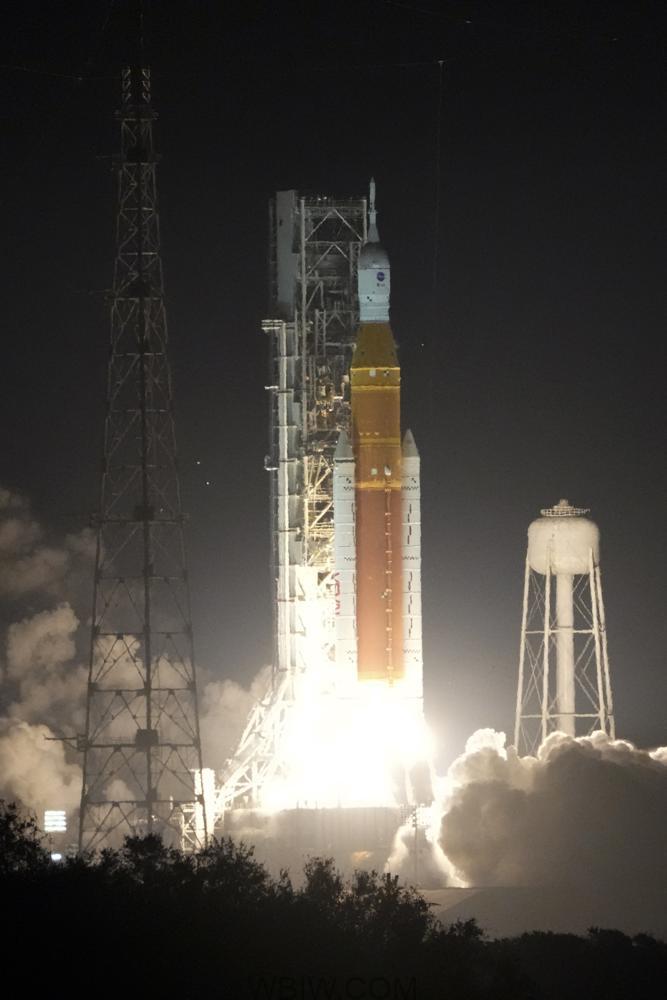
“It was pretty overwhelming,” said NASA Administrator Bill Nelson. ”We’re going out to explore the heavens, and this is the next step.”
The moonshot follows nearly three months of vexing fuel leaks that kept the rocket bouncing between its hangar and the pad. Forced back indoors by Hurricane Ian at the end of September, the rocket stood its ground outside as Nicole swept through last week with gusts of more than 80 mph (130 kph). Although the wind caused some damage, managers gave the green light for the launch.
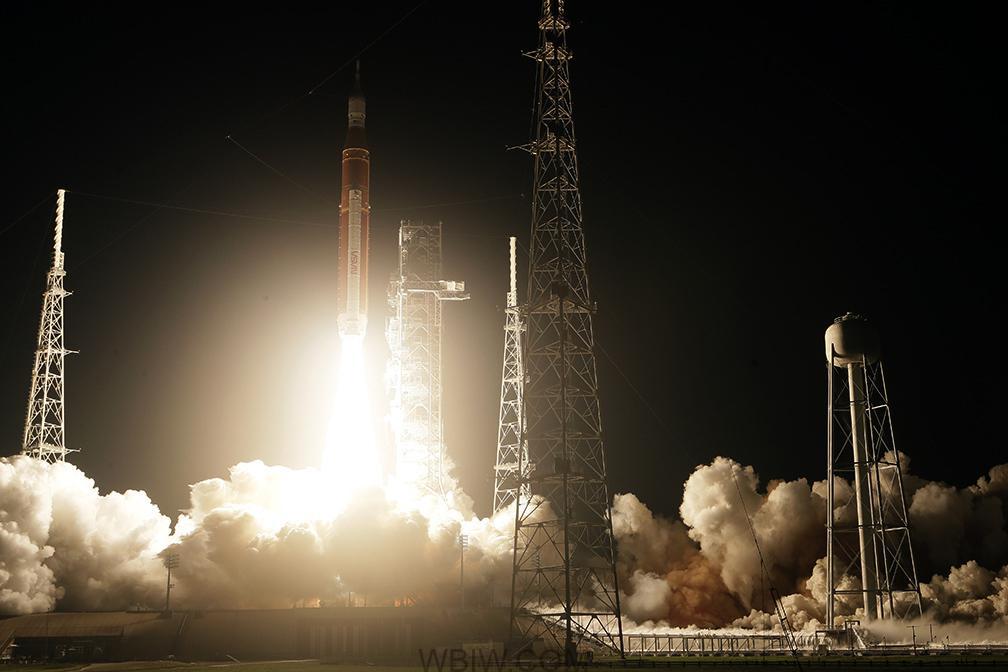
An estimated 15,000 people jammed the launch site, with thousands more lining the beaches and roads outside the gates, to witness NASA’s long-awaited sequel to Project Apollo, when 12 astronauts walked on the moon from 1969 and 1972. Crowds also gathered outside NASA centers in Houston and Huntsville, Alabama, to watch the spectacle on giant screens.
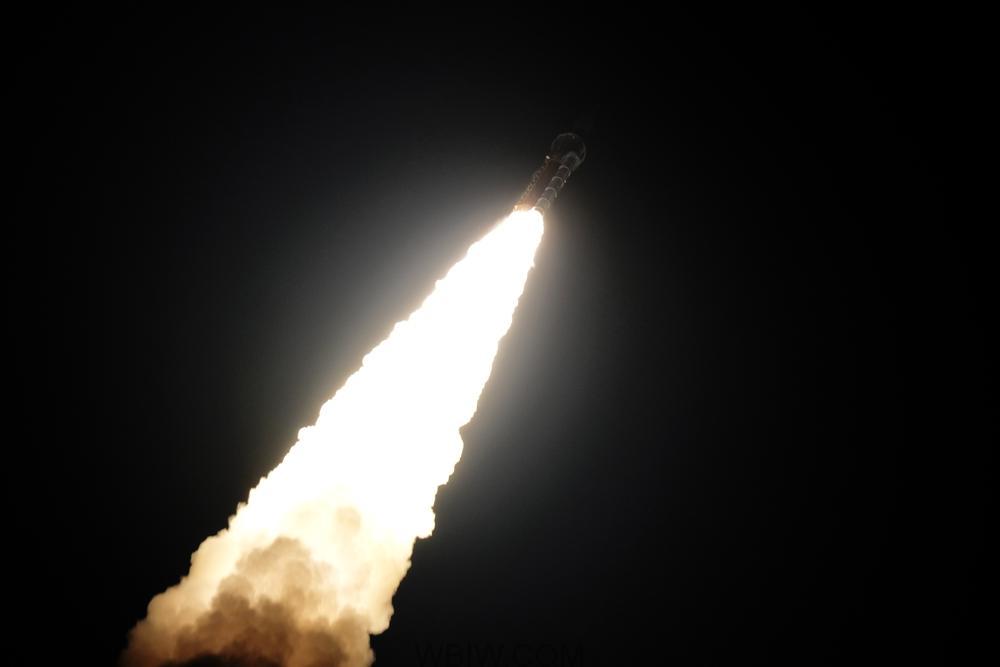
Cheers accompanied the rocket as it rode a huge trail of flames toward space, with a half-moon glowing brightly and buildings shaking as though hit by a major quake.
“For the Artemis generation, this is for you,” launch director Charlie Blackwell-Thompson called out, referring to all those born after Apollo. She later told her team: “You have earned your place in history.”
The liftoff marked the start of NASA’s Artemis lunar-exploration program, named after Apollo’s mythological twin sister. The space agency is aiming to send four astronauts around the moon on the next flight, in 2024, and land humans there as early as 2025.
Information: Associated Press



